|
Well, April Fools’ Day 2020 has come and gone, and I would surmise that this particular one held the least impact or interest in recent memory. Some sources even reported that it had actually been cancelled because of the Covid-19 pandemic. Unfortunately the predicament we have found ourselves in atpresent is the furthest thing from a joke. I had intended to publish something light and less serious for this week, attempting to make a connection between this unofficial holiday of mischief/”Tom Foolery” and someone buried here at Mount Olivet. I went back in the Frederick newspapers of yore and found mentions of April Fools’ Day (with appropriate exercises) going back to the early decades of the 19th century. After a few hours, I hadn’t found any good matches and decided to “cut bait” and move on to another topic. I had to laugh as I fondly recalled last year’s April Fools’ Day of 2019 in which I helped instigate a creative, and fitting, space-related prank relating to Mount Olivet. I know what you are probably thinking: pranks and cemeteries should never go hand-in-hand for so many reasons. I couldn’t agree more, but my idea was to involve more a play on words than anything else. I have a co-worker named Meghan who runs our administrative office operation and conducts cemetery sales with customers. In addition to doing a fine job for the cemetery, she prides herself on organization and neatness. Meghan is equally quite particular about the overall care and appearance of her beloved vehicle. I had concocted the perfect April Fools’ scheme with her in mind and even would employ our boss to help me carry it through to fruition. I was going to Francis Scott “Key” my co-worker’s car! On March 31st, 2019, I meticulously cut out about a dozen small pictures of Francis Scott Key’s head from outdated copies of our self-guided cemetery tour brochure. I put in an envelope and through these in my work bag. The next morning I pulled into our parking lot and alongside my co-workers’ vehicle. I quickly put my devious plan into motion by lightly adhering the cut-outs (each with a small piece of double-sided tape) in a row on the passenger side of her car.  I quickly completed by “decorating” task and went into our office building, undetected. I dropped off my stuff at my desk and then went to see Meghan to deliver the bad news that I had noticed upon pulling in that her vehicle had been “keyed” on its passenger side. Of course, she didn’t believe me when I gently broke the news to her. She sat there determined not to let me rattle her with news of this sort, thinking it a joke. So I quickly invited the superintendent (J. Ronald Pearcey) to go out for a look, and report his findings to Meghan. He obliged, and, upon return to her office, reported the honest truth that her sparkling white car had indeed been “keyed.” She sprang from her desk in an instant, making her way to the parking lot to see with her own eyes the dastardly deed done to her precious car. Of course, the anxiety and extreme panic quickly subsided when she saw the ridiculous, temporary graffiti in the form of “Star-Spangled” micro-heads of our most cemetery’s most famous resident. The three of us got a good laugh out of that one, and I made amends by gladly buying that day’s lunch for both my prank accomplice (Ron) and most of all, hapless victim (Meghan). It was nice to think back this week, as this years’ April Fools’ Day seemed as surreal as these last few weeks. I quickly tried to spin my mind with the hope of normalcy returning far in advance of next April 1st (2021), and started scheming on how I could top Francis Scott "Key-ing” a car? Perhaps I can somehow incorporate novelty itching powder and Barbara Fritchie to create the dreaded Fritch Itch--“Scratch if you must this irritable itch, but spare your country’s flag.” Just kidding of course, as I don’t think any of us will be in the mood for pranks anytime soon after we finally get through this pandemic. “This Too Shall Pass” The following story may well strike a sensitive nerve with some readers, but my intent is not to scare, sensationalize or depress. We have enough anxiety and bad news to sort through these days as we find ourselves in a situation no one could have predicted a year ago, or even just a few short months ago when we were enjoying the Christmas holiday season. We are a few weeks into self-quarantining and the practice of “social distancing,” a term that has quickly entered into our vernacular, almost overnight. I have seen articles that the proper term should be “spatial distancing,” because with smartphone and computer technology still readily at our disposal despite Covid-19, we continue to have the means to easily communicate with friends, families, co-workers and complete strangers (for that matter) with the touch of a button. Familiar voices can be heard, and faces seen, no matter the geographic distance apart, whether its 6 feet, or 600 miles. It’s along these lines that I write this particular story as a “compare and contrast” exercise. It can be fully illustrated by local and national history with the over-arching message of: “This too will pass.” The familiar adage (“This too will pass”) comes originally from Persia—that Western Asia country we know better today by the name Iran. The quote has been translated and used in multiple languages and reflects on the temporary nature, or ephemerality, of the human condition. The general sentiment has often been expressed in wisdom literature throughout history and across cultures, although the specific phrase seems to have originated in the writings of the medieval Persian poets.  Abraham Lincoln Abraham Lincoln I found that “This too shall pass” is known in the Western world primarily due to a 19th-century retelling of a Persian fable called “Solomon’s Seal” by the English poet Edward FitzGerald. In it, a sultan requests of King Solomon a sentence that would always be true in good times or bad; Solomon responds, "This too will pass away.” The expression was popularized here in the United States over a century-and-a-half ago when featured in a speech by Abraham Lincoln in September, 1859 and before he became the sixteenth President of the United States. Honest Abe could have obtained the adage from an early English citation of "this too shall pass" which appeared in an article titled "The Revolutions in Europe", and featured in Blackwood's Edinburgh Magazine, in May, 1848: When an Eastern sage was desired by his sultan to inscribe on a ring the sentiment which, amidst the perpetual change of human affairs, was most descriptive of their real tendency, he engraved on it the words : — "And this, too, shall pass away." It is impossible to imagine a thought more truly and universally applicable to human affairs than that expressed in these memorable words, or more descriptive of that perpetual oscillation from good to evil, and from evil to good, which from the beginning of the world has been the invariable characteristic of the annals of man, and so evidently flows from the strange mixture of noble and generous with base and selfish inclinations, which is constantly found in the children of Adam.
I don’t mean to wax poetic, but surely will do so while I have you kept captive, likely in the confines of your own home at the present time of my writing. Here are three poignant quotes, or aphorisms, to reflect upon in the restless days, weeks and possibly months ahead: “Those who do not remember the past are condemned to repeat it.” -George Santayana (1863-1952) “History, despite its wrenching pain, cannot be unlived, but if faced with courage, need not be lived again.” -Maya Angelou (1928-1914) “What is history? An echo of the past in the future; a reflex from the future on the past.” -Victor Hugo (1802-1885) This last passage has particularly resonated with me for a number of years as I even use it on the home page of my side ”history for hire” business entitled History Shark Productions. I had the rare opportunity to stay in his Paris residence of Place des Vosges back in 2003, and also visit his burial crypt within The Pantheon (Paris). Victor Hugo is one of the greatest French writers to have lived, and gave us such notable works as his novels Les Miserables (1862) and The Hunchback of Notre-Dame (1831). This gentlemen was at the forefront of the Romantic era, an intellectual movement characterized by its emphasis on emotion and individualism as well as glorification of all the past and nature. As this is a highly emotional, nervous and troubling time we live in at the moment, we need to heed the echoes of the past. This is something that seems to consume me each and every week in writing “Stories in Stone,” and I can honestly say that there has nothing that has been so self-gratifying and rewarding in my thirty-year professional career. I feel as if I have had the chance to personally meet my subjects, the majority of which dwell beneath the grounds surface with a memorial periscope in the form of a tombstone. With that knowledge, I’m able to see my surrounding hometown as a form of continual reflex from these past residents, just as the Hugo quote shared illustrates. Back in the fall of 2018, I busily published articles, presented talks and gave walking tours based on research I was conducting on the nearly 600 World War I veterans buried here in Mount Olivet. One of the most enlightening experiences for me was studying the deaths of five servicemen who died as a result of the Spanish Influenza pandemic of 1918. Frederick, and her past residents, experienced the uncertainties associated with several wars ranging from world conflicts to the American Civil War, when fighting and massive casualties actually came to their doorsteps. All the while, terrible diseases and illnesses such as cholera, typhoid and smallpox were commonplace due to unsanitary conditions and lack of advanced healthcare methods. The 1918 Spanish Flu was the perfect combination of both war and disease. It was a global pandemic during a global war. While the enemy was somewhat visible to the American doughboys fighting in the trenches of France, the invisible flu waged war “over there,” and quickly made its way “over here” to the chagrin of all. Today, we are experiencing a similar war against the virus, luckily not man at the same time. In recent weeks we have had to socially distance our cemetery staff from visitors and customers alike for the safety of staff. This is so very hard for members of a profession that is built upon having the utmost compassion for those needing our services and visiting our grounds—all made possible by the greatest unwelcome visitor of all, the coronavirus. We don’t have to look far to find answers from the past. Less than 102 years ago, our newspapers read like that of our tv, laptop and smartphone screens of today. The earlier “unwelcome visitor” understandably had then cemetery superintendent, Albert Routzahn, unnerved, along with his faithful staff. As far as Mount Olivet Cemetery is concerned, the first documented civilian fatality of the Spanish Flu was Mrs. Bessie G. Jones, a 33-year-old housewife from Buckeystown, MD. Mrs. Jones passed on September 28th, 1918. The next day, George Jacob Cronise of Mount Pleasant would die as his in-laws were suffering from flu symptoms. A day later, a broom-maker named John H. F. Bender would be claimed as a victim and buried in Mount Olivet. Bender, age 60, was also from Buckeystown. Yet another resident from the same town of Buckeystown would help usher in funerals during the horrific month of October, 1918. Thirty-year-old Sallie Elizabeth Barber expired on October 2nd. The other day, I decided to read over our death ledgers and interment registers from the fall of 1918. I became interested in Frederick City’s first victim of the flu, and buried in Mount Olivet. This individual was named Marshall Howard Zepp, Jr., a 21-year-old electrician who worked for the Hagerstown & Frederick Railway. Young Mr. Zepp died on the fourth of October. Marshall Howard Zepp’s mortal remains were buried two days later in Area T/Lot 130 in the middle of the cemetery—dare I say, the “dead center?” I can say this with surety, because Area T, was virtually a dead center as 40 people were interred here as a result of the Spanish Flu. Meanwhile, cemetery superintendent Ron Pearcey decided to carefully inspect the Spanish Flu victims buried here by studying the interment cards themselves. As is the case today, many people with underlying health conditions were more susceptible to not only contracting the Spanish Influenza, but becoming a fatality because of it. Ron also studied the severity of pneumonia in olden days, pandemic or not. With physicians seeing this malady for the first time, pneumonia was given as cause of death because of like symptoms. I wrote a story focusing on World War I soldiers as victims of the crippling pandemic of 1918. This occurred in early October of 2018 and was entitled “No Ordinary Flu Season.” In that piece, I counted 93 Spanish Influenza-related victims buried here in Mount Olivet from late September (1918) through January(1919). Superintendent Ron came up with 98 victims, and we were able to prove two more cases should be added to our total. I will tell you about it here shortly. Regardless, that brings our tally up to 100 Spanish Flu victims buried in Mount Olivet. Ron and I also predict that the number of Spanish Influenza deaths/burials will rise if we closely research the other interments that took place here during that period. We can do this by looking at medical complications, listed as causes of death in our records, and consider the “cause and effect “relationship to the Spanish Flu. In addition, pneumonia presents a complicated “sticky-wicket.” Ron researched deaths by pneumonia over the previous year’ late September through January timespan of the pandemic and found a grand total of nine deaths related to the respiratory illness—one that is usually brought on by cold or flu. Regardless, the number gave us a benchmark. One Lonely Cart Row Cart rows are useful cemetery thoroughfares—for both workers and visitors alike. These lanes represent linear “no bury zones” and extend through cemetery sections as a means for employees to bring necessary digging and lifting equipment to individual gravesites. This is particularly useful over time when an area fills up so to speak, and obstacles in the form of granite and marble monuments create challenges to reach a specific lot. Just imagine trying to get a mechanized digging apparatus like a backhoe into the center of a section crowded with grave monuments. Even in the early days of Mount Olivet, monument vendors utilized horse and wagon to carry gravestones to be placed on burial sites. The cart rows were invaluable to them in giving needed access. From the visitor perspective, I myself can get easily lost when seeking a specific grave, even with coordinates and a trusty cemetery map in hand. I always advise visitors and family historians seeking a specific site to take note of the cart rows on the maps, and use these as a helpful guide in finding their desired destinations.
Looking at Ron Pearcey’s research numbers, Area T boasted 40 Spanish Flu related interments—40% of the cemetery’s total. Along the particular cart row in question, one can find 25 Spanish Flu victims (25% of Mount Olivet’s total). There are 30 individual (“ten-grave”) family lots laid out along the grassy transportation corridor. Of these, 19 include one or more flu interments from the fall/winter of 1918-1919. The chart below shows the incredible spike in burials here at Mount Olivet in late 1918. A monthly average of 21(burials for the first 9 months of the year) skyrocketed to 77 in October. The Year 1918 and Burials in Mount Olivet Cemetery Jan Feb Mar April May June July Aug Sept Oct Nov Dec 18 14 23 19 14 35 17 19 25 77 27 40 By the 8th of October, 1918, flu cases had become so prevalent that the state health board ordered county health officer Dr. T.C. Routson to immediately close all schools, churches, theaters, pool halls and other places where the public may gather. This again was 11 days after the first reported death on September 27th. Between September 27th and October 31st, related deaths attributed to the influenza included five servicemen and 51 civilians, making a grand total of 56 individuals laid to rest in Mount Olivet over the period. Using the typical average of 21 burials/month, this was the equivalent of two-and-a half to nearly three additional months of burials that the cemetery was burdened with in October, 1918. Keep in mind that this was a time where graves were still primarily dug by hand. Ron relayed to me a story about that particular October told to him by a former South Market Street resident by the name of Melvin Engle. He vividly remembered the cemetery bell atop the superintendent’s house tolling almost non-stop. Of course, the bell was used to toll for the deceased and signified the funeral cortege’s entrance into the cemetery back in the day. You may remember the old expression: “For whom the bell tolls?” In my former story, I included a list of the first 20 Spanish Influenza victims buried here in Mount Olivet Cemetery, along with their respective hometowns, ages and occupations. Here is a list of the 25 individuals that can be found along the “lonely cart row” on the south end of Area T: 9/29/1918 George Jacob Cronise 23 Farmer Mount Pleasant Area T/123 9/30/1918 John H. F. Bender 60 Broommaker Buckeystown Area T/124 9/30/1918 George Grover Sanders, Jr. 25 WW I Soldier Frederick Area T/126 10/4/1918 Marshall Howard Zepp, Jr. 21 Electrician Frederick Area T/130 10/6/1918 Franklin Luther Staley 26 WW I Soldier Shookstown Area T/131 10/8/1918 John Ridenour, Jr. 28 Baker Virginia Area T/131 10/10/1918 Anna E. Metz 5 N/A Frederick Area T/133 10/11/1918 Mary G. Metz 25 Housewife Frederick Area T/133 10/10/1918 Harry N. Garrett 26 Munition Plant Baltimore Area T/132 10/13/1918 Della Irene Angleberger 37 Housewife Mt Pleasant Area T/123 10/13/1918 George Frederick Strailman 27 Blacksmith Frederick Area T/122 10/14/1918 Marguerite E. Redmond 6 N/A Frederick Area T/120 10/15/1918 Pauline Virginia Woerner 12 N/A Frederick Area T/133 10/18/1918 Helena G. Delaughter 4 N/A Frederick Area T/134 10/18/1918 Leslie F. Selby 27 WW I Soldier Frederick Area T/141 10/20/1918 William Denis Covell 42 Day Laborer Baltimore Area T/142 10/24/1918 Cora Leona Oden 6 mos N/A Frederick Area T/130 10/26/1918 John William Poole 39 Park Manager Braddock Hghts Area T/140 10/27/1918 Edgar John Mossburg 25 Laborer Buckeystown AreaT/124 10/27/1918 Niona Gearinger 22 City Hospital Frederick AreaT/145 11/7/1918 Carrollton L Zimmerman 8 mos N/A Frederick Area T/147 12/4/1918 Bessie Wittler 41 Housewife Frederick AreaT/129 12/20/1918 Madora Adams 2 mos N/A Pittsburgh Area T/144 1/10/1919 Arthur S Basford 20 Machinist Alexandria VA Area T/134 1/14/1919 Emma May Shaw 23 Housewife Frederick Area T/136 Local industries such as Frederick Iron & Steel, the Ox-Fibre Brush Company and the Union Knitting Mills were hit hard with many employees having to go out on sick leave. Several store-keepers wisely kept their doors closed as well. Controlling the spread of this epidemic was a difficult task, but social distancing and self-quarantine efforts back then “flattened the curve” as they say. Interestingly, senior citizens fared much better against the Spanish Influenza than those 20-40 years of age. Using the 25% sample of those listed in the above chart, one can see that there is only one individual above 42 years of age (John H. F. Bender-age 60). Conversely, the majority of victims here, 17 in number, are between ages 20-42. This is the complete opposite of today’s Covid-19 pandemic. I recall my former research on the 1918 flu and being fascinated with the cancellation of the annual Great Frederick Fair (formerly held in mid-October) in an effort to curb the spread of the disease, and save lives. In the last month, we, ourselves, have seen all sporting events, concerts, and special events follow suit the same way. During the remainder of the October, 1918, 48 other souls had gone to early graves in Mount Olivet thanks to the Spanish Influenza outbreak. The high-water mark having been reached by mid-month, cases waned by month’s end. Health Officer Routson even placed a temporary ban on church funeral services. Most interesting of all, then Frederick Mayor Lewis H. Fraley and the Frederick Board of Alderman reinstated a ban on public spitting, referred to formally as “expectorating.” Violators would be fined $1.00 for each instance. Apparently, this just wasn’t restricted to spitting on city streets, as there had been a running problem with riders doing this on the floors of the local trolleys. The earlier mentioned Marshall Zepp was an electrician working for the electric railway. Could he have been felled by a careless placement of saliva? Speaking of Frederick’s trolley system, there is a unique “roundabout” connection to one of Area T’s Spanish Influenza victims that I just learned about this past week by pure coincidence. It relates to a gentleman name John William Poole. John William Lorenzo Poole Earlier this week, I received a phone call from a member of our “Friends of Mount Olivet” preservation and social group named Betty DeColigny. I’ve known Betty for over a decade now, first meeting her through by involvement with the Francis Scott Key Memorial Foundation. Betty is a direct descendant of the national anthem author, and one-time “car graffitist” through her mother, Elizabeth Poole Remsburg, a former Middletown native, schoolteacher and local history lover. Betty is recently widowed and spending her days in a senior community in the Randallstown area of northwest Baltimore County. Anyway, she called to say that she had some local genealogy resources that she found going through some boxes while in quarantine, and asked if she could send them along to me for use. We got to talking, and I brought up the fact that I had recently seen an old newspaper article involving her mother at Braddock Heights in one of my research jaunts. This led to Betty telling me that her mother had grown up at Braddock, solely because her parents were one-time managers of the former amusement park once located atop Catoctin Mountain. For those not familiar with the story of the Braddock Heights settlement, here’s a brief backstory. In 1896, a local man named George William Smith helped organize the Frederick & Middletown Street Railway in an effort to aid farmers to get their products such as milk, wheat, produce, etc. to the county seat of Frederick and further destinations via train if necessary. The trolley could also deliver supplies, groceries, furniture outward from the county’s largest commercial center and rail depot of Frederick. Another use of the trolley was passenger transport and this became a boon to the ensuing era of suburbanization that was also aided by the innovation of the automobile. Commuters began to travel between Frederick and Middletown with relative ease. Mr. Smith quickly realized the potential in Braddock Heights, with its wondrous views of the surrounding countryside. The trolley was run by electricity, a modern marvel that brought so many changes to life at the turn of the 19th century. The electricity from the rail line could be used at the Braddock Heights location for an amusement park and other attractions such as a casino, swimming pool, observation tower and playhouse. A surrounding colony of cottages and the sizeable Braddock Hotel soon made Braddock a premiere summer destination for affluent Frederick residents and tourists alike. The trolley company expanded to Hagerstown and eventually took the name of the Potomac Edison Company.
In her book Braddock Heights: A Glance Backward, author Anne B. Hooper describes the job duties of the position which included a residence on the park grounds: “Up a little and back from the casino building was the park manager’s home. These men and women who worked to make the park thrive over the years became familiar figures to visitors and local residents. In the spring it was their responsibility to clear the park of leaves, fix the gravel roadways and paint the benches, swings, and buildings. During the season they cleaned up the litter left by picnickers and generally saw that things operated smoothly. In the fall they prepared the property for winter. Cap Stine, the first manager, was succeeded by John W. Poole.” Sadly, John William Lorenzo Poole was a victim of the Spanish Flu in late October, 1918. Death records also show that he had meningitis at the time of his passing.  Bessie Poole Bessie Poole In his absence, Mr. Poole’s wife, Elizabeth “Bessie” Mae (Feaga) Poole took over her late husband’s park duties. She was assisted by her son Charles, daughter Elizabeth and nephew, Ed Poole. The Pooles would continue in this role until 1934, at which time, Ed Poole stayed on as park manager until 1946. Bessie died in 1962 and Charles in 2005. The Pooles are buried in Area T’s Lot 140, originally purchased by Mr. R. Paul Smith, Superintendent of the Hagerstown and Frederick Railway Company. Betty’s mother Elizabeth lived to be 101, dying in 2007. Medical News The Red Cross was mobilized throughout the land. In Frederick, they took over the entire fourth floor of the county’s Montevue Hospital for the sole purpose of caring for patients suffering from the malady that came from “Over There.” The local newspaper did its part with informing readers on how to best recognize and deal with flu symptoms. I also found a small article showing that Montevue's most famous physician was no stranger to the Spanish Influenza. I was curious to learn about another flu victim buried within ten yards of the fore-mentioned John Poole. This was 22 year-old Niona Gearinger. Niona’s death certificate states that she died the day after Poole on October 27th, 1918 and was a resident of 220 East Sixth Street in Frederick City. The daughter of Jacob Russell and Bertha (Legore) Gearinger interested me due to her occupation at the time of death was that of an employee of Frederick City Hospital. I’d like to think that Niona was among the brave workers who willingly put their own health and lives in harm’s way while caring for their fellow man at the hospital. Here, she would have been surrounded by other residents ailing from the Spanish Influenza. Unfortunately, I cannot prove that postulate. All I could really find on Niona was that she was born on August 15th, 1896 in Pennsylvania, likely Dauphin County as her mother was from Middletown, (PA.) Her father was also a Pennsylvania native and performed odd jobs. In 1900, the family can be found living in Sharpsburg but moved to Creagerstown sometime before 1910. Niona was the oldest of six children.  Frederick News (Feb 1, 1911) Frederick News (Feb 1, 1911) I did learn from newspapers that Niona suffered from the grippe (flu) in 1911, but fully recovered. They did a hatchet job on her first name, however it was worthy enough to make the publication, it must have been somewhat serious. Perhaps this was a contributing factor to her death seven years later (compromised immune system)? The Gearingers were soon residing in Frederick. In 1912, her father suffered a work injury when a piece of steel entered his eye. Local efforts could not remove the foreign object and all feared that he would lose his eye and vision. He was sent to a hospital in Baltimore that employed a large magnet to successfully pull the piece of metal out of Mr. Gearinger’s eye. A few years later, Niona’s father was in the papers again. This time, the content involved a court case in early 1917 in which Jacob R. Gearinger was the plaintiff in a mugging case in which he was struck from behind by his assailant and robbed of 50 cents. He won the assault and battery case and was awarded $500. He joined his daughter in Mount Olivet’s Area T/Lot 145 just over a decade later upon his death in 1929. Things slowly got back to normal in November, 1918 but the battle against the influenza was not over yet. Twenty-two more residents would die of the flu in November and December, 1918. Another 13 people would succumb in January of 1919, before the influenza pandemic finally dissipated in our area. It was something that had never been seen before, and thought not to be seen again. All in all, there would be roughly 2,000 cases of the deadly Spanish Influenza in Frederick County in 1918-1919. Of these, 200 were fatal. This translates to Mount Olivet being the final resting place to half of the county’s victims. Diligence, patience and perseverance were practiced by local officials, business owners and the citizens themselves to keep this number from being far worse. Proof is all around in Mount Olivet as thousands residing in our cemetery today that lived during that troubling time have a death date other than 1918 or 1919 carved upon their gravestone. Unfortunately, we as residents of Frederick are living through another pandemic of magnificent proportion. We need to learn from history and those former generations buried in Mount Olivet who, if they could, would surely tell us to use caution, be vigilant, stay optimistic and don't leave the cart row…….. as “This too shall pass.”
Here are a few more of the grave monuments honoring victims of the 1918 Spanish Influenza pandemic who are in proximity to "the lonely cart row" mentioned in the story.
2 Comments
Betty. DeColigny
4/5/2020 09:26:44 pm
This is an AMAZING and HISTORICAL REC ORD i ENJOYED STORIES AND HOW THE Spanish flu was identified treated so much like today even then deaths were so many and affected many young people and all mostly under 40years of age yes ireally liked the surprise inclusion of my grand parents. Their history and pictures. How interesting to read about all others who died of that glue. The tomb stones add much interest to story. Yes they do tell your story. It is so WONDERFUL that u are a genuine historian and do write such fascinating stories !!!!! We can learn from the past.and without your gifted stories we would not appreciate what our ancestors and so many other hadto endure.i liked your poetic additions. tI usehat phrase "this too shall pass "now know of its origin. Times are very serious but glad u injected then laughing parts about april fools day. Every one needs to laugh abit in this serious times when everything is closed or shut downand we have to observe spatial distance. To quote u. We allare confined for our safety and praying this will not last forever THANKS FOR SHARING THIS FINE.STORY. I LOVE IT🙂
Reply
Robin Haines
4/7/2020 10:47:31 pm
Enjoyed this article. Realized I am related to your friend Betty. My Grandmother was a Feaga. Would you please forward me Betty’s email address? I would to confirm family history with her. Thanks.
Reply
Leave a Reply. |
STORIES
|
Archives
July 2024
June 2024
May 2024
April 2024
March 2024
February 2024
January 2024
December 2023
November 2023
September 2023
August 2023
July 2023
June 2023
May 2023
April 2023
March 2023
February 2023
January 2023
December 2022
November 2022
October 2022
September 2022
August 2022
July 2022
June 2022
May 2022
April 2022
March 2022
February 2022
January 2022
December 2021
November 2021
October 2021
September 2021
August 2021
July 2021
June 2021
May 2021
April 2021
March 2021
February 2021
January 2021
December 2020
November 2020
October 2020
September 2020
August 2020
July 2020
June 2020
May 2020
April 2020
March 2020
February 2020
January 2020
December 2019
November 2019
October 2019
September 2019
August 2019
July 2019
June 2019
May 2019
April 2019
March 2019
February 2019
January 2019
December 2018
November 2018
October 2018
September 2018
August 2018
July 2018
June 2018
May 2018
April 2018
March 2018
February 2018
January 2018
December 2017
November 2017
October 2017
September 2017
August 2017
July 2017
June 2017
May 2017
April 2017
March 2017
February 2017
January 2017
December 2016
November 2016



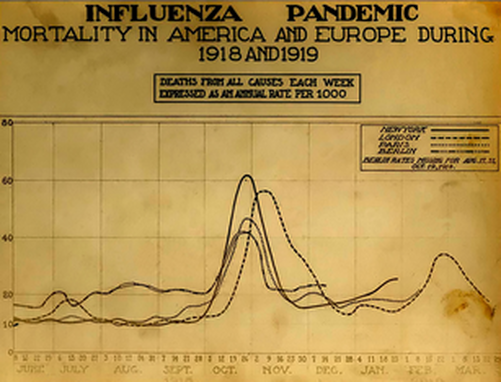






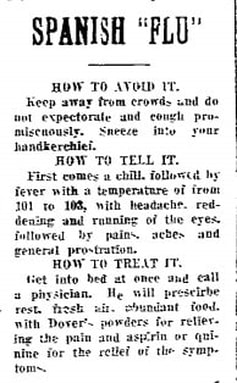













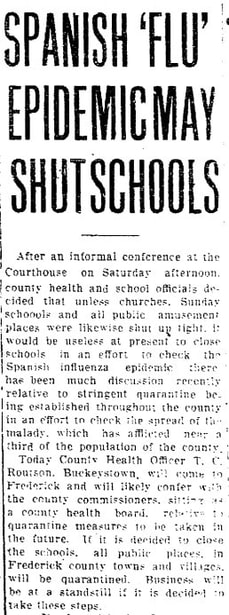

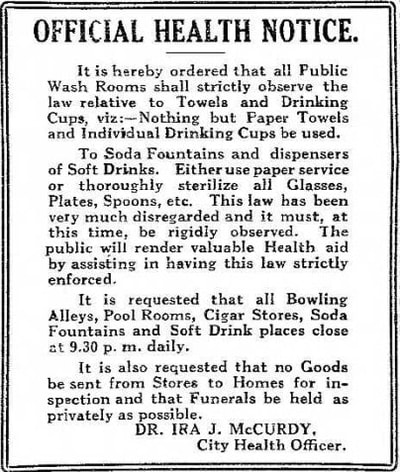

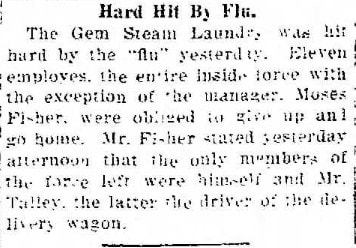












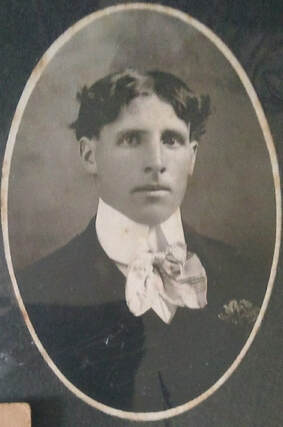









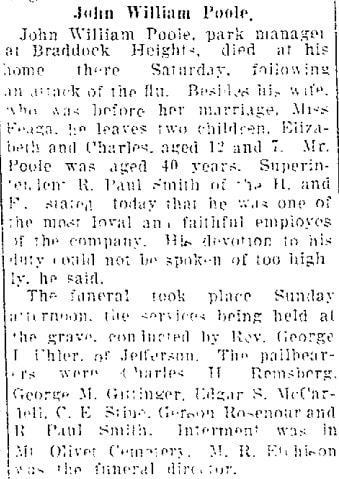
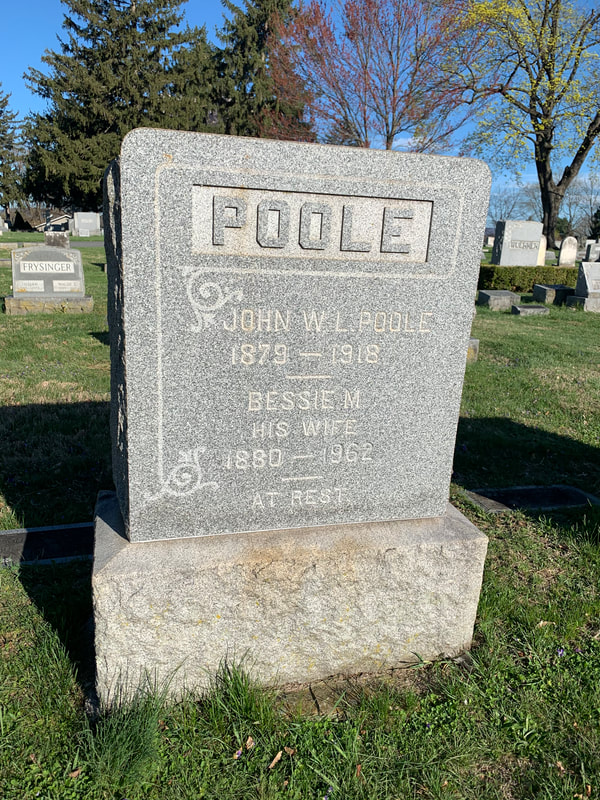
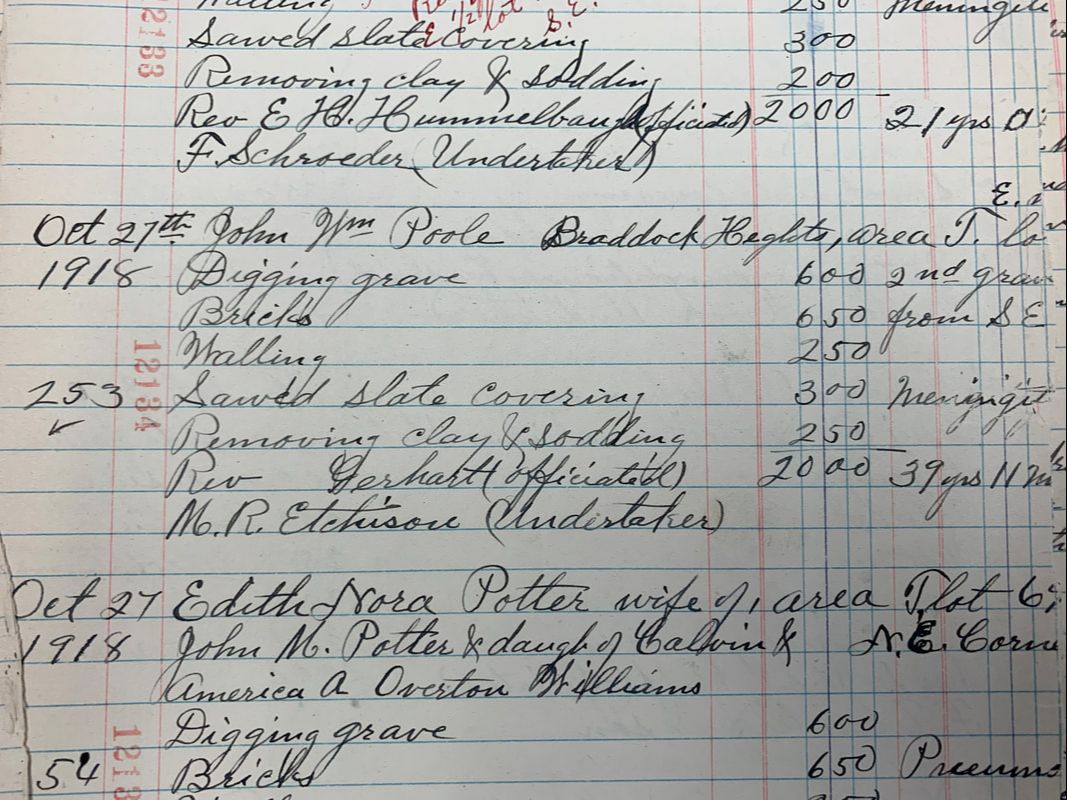



















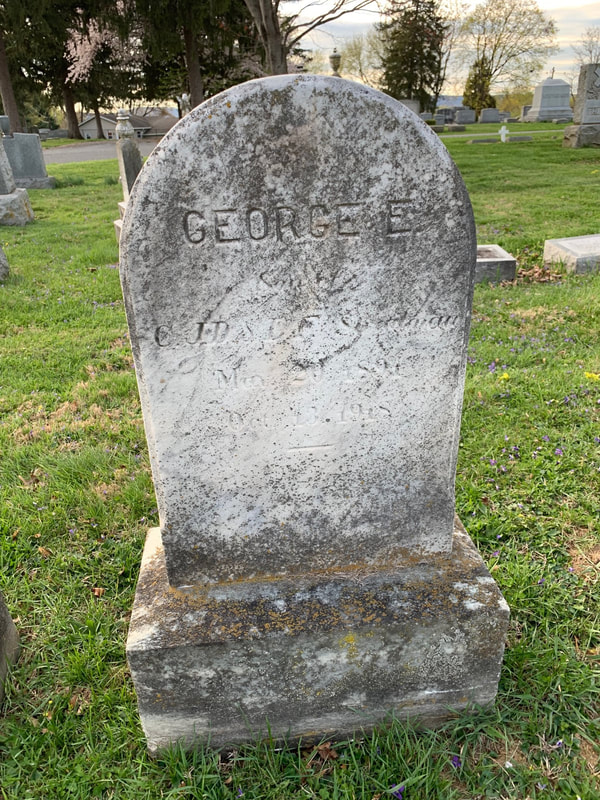
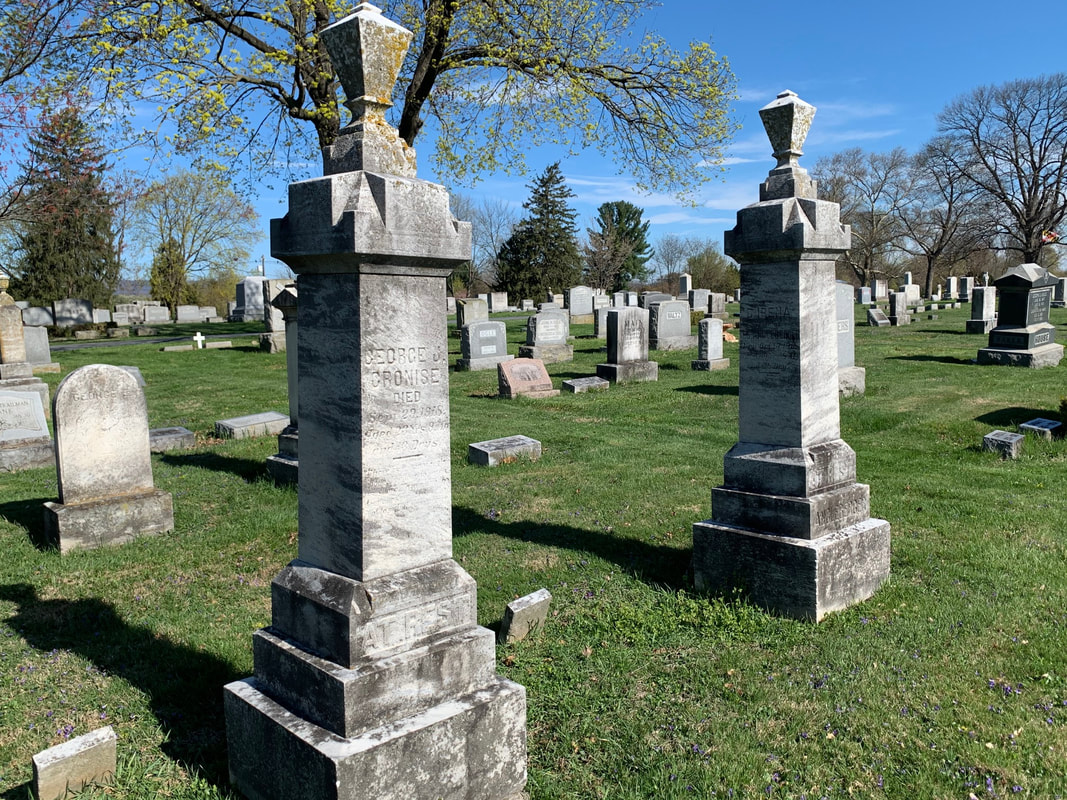








 RSS Feed
RSS Feed